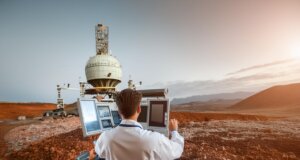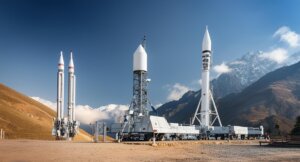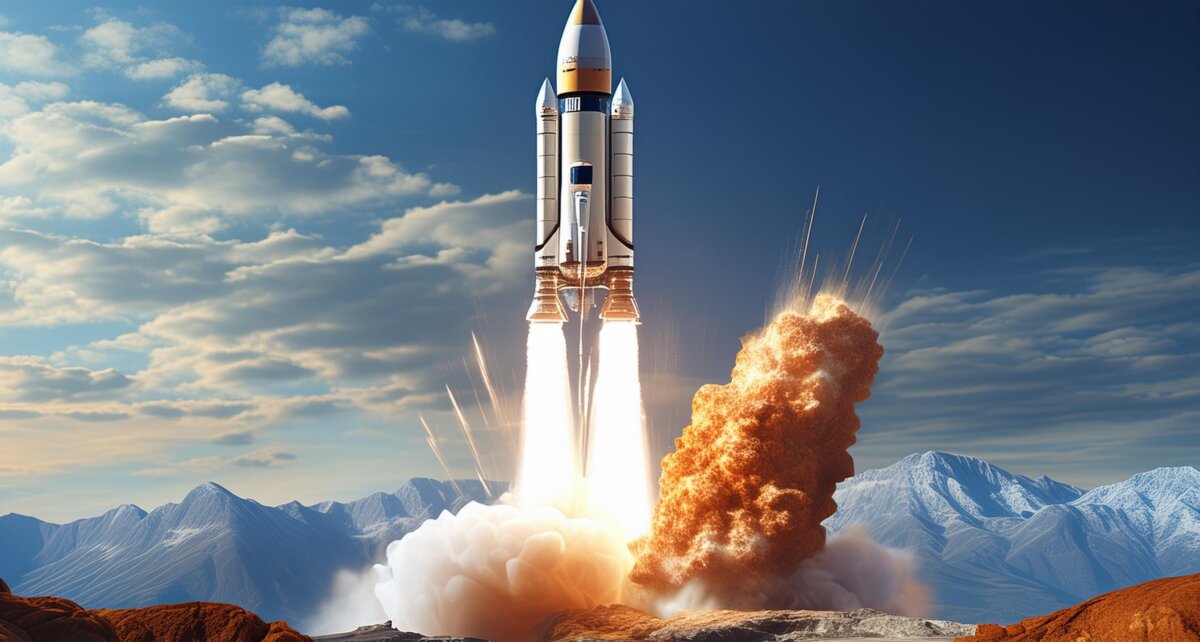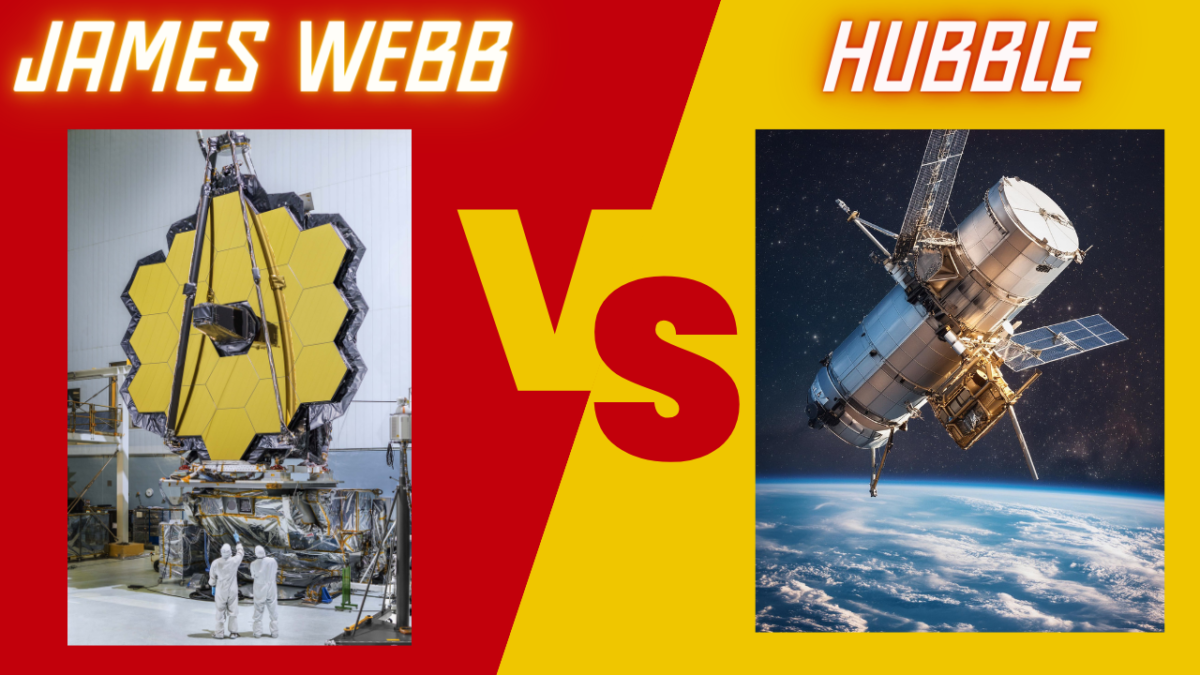Ever seen a rocket launch? It’s amazing, right? All that fire and smoke, blasting off into space! But what happens after all that excitement? Does the rocket just keep going forever? Not quite! It’s actually the beginning of a cool mission.
Imagine a Rocket Like a Rocket-Shaped Cake!

Think of a rocket as a giant cake with several layers. Each layer, called a stage, has a powerful engine that helps the rocket climb higher. But just like you wouldn’t eat the whole cake at once, the rocket doesn’t need all its engines all the time.
Shedding Layer Like an Onion (But Way Cooler!)

The first stage, the strongest one, burns most of the fuel to give the rocket a big push. Once it runs out, it detaches from the rest of the rocket – like popping off a piece of cake – and falls back to Earth (sometimes in a controlled way) or drifts away in space.
Second Stage Takes Over: Going, Going, Gone!

With the first stage gone, the second stage, which is lighter and uses less fuel, takes over. Its job is to reach a special speed called “escape velocity.” Imagine throwing a ball – if it doesn’t go fast enough, it falls back down. Rockets need escape velocity to break free from Earth’s pull and become space travelers!
Finding the Perfect Spot: Like Parking in Space

Once the rocket reaches escape velocity, it might not stop right away. For satellites, the goal is to find a perfect circle around Earth called an “orbit.” Scientists figure out the exact path the satellite needs to take based on its weight and what it’s supposed to do. The rocket then uses tiny engines to adjust its course a little, like nudging a parked car into the right spot.
Surprise! Here Comes the Payload!

Finally, the most exciting part – the rocket releases its special cargo! This could be a satellite, a space probe, or even a whole spaceship carrying astronauts. It separates from the rocket, like opening a present and revealing the cool stuff inside!
Tiny Adjustments: Making Sure Everything Goes Right

Sometimes, the journey isn’t over yet. Especially for missions going far away, the payload might need a little course correction. It has tiny engines or even small rocket bursts to change direction slightly, like a car making a turn. Scientists watch the payload’s path and send instructions to keep it on track.
Deep Space Adventures: Going Far, Far Away!

Some rockets carry special space probes that travel for months, even years! They explore the planets and other amazing things beyond Earth, sending back pictures and information. Scientists talk to these probes from special stations on Earth, like giving them directions on a long road trip!
The End of the Ride: Homeward Bound or Space Graveyard?

What happens to the rocket parts and the spacecraft depends on their mission. Some spaceships come back to Earth, making a fiery but controlled landing. Others fly off into space forever, becoming part of the big pile of space junk floating around Earth. And sometimes, a spacecraft might even crash onto another planet on purpose to learn more about it!
Mission Control: The Brains Behind the Brawn!

The whole time the rocket is flying, a team of smart people called “mission control” is watching closely. They make sure everything is working right, track where the payload is going, and send instructions when needed. It’s like having a team of helpers on Earth making sure the rocket has a successful mission!
More Than Just a Big Boom: Why We Explore Space

The launch might be the most dramatic part, but the real reason we send rockets up is for what happens after. Rockets carry satellites that help us communicate, probes that explore the universe’s secrets, and spaceships that let us explore new worlds. All this has helped us understand our place in space better than ever before!
So next time you see a rocket launch, remember – it’s the start of an amazing adventure! It’s a testament to human curiosity and our desire to learn more about the universe and our place within it.



